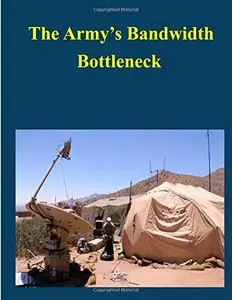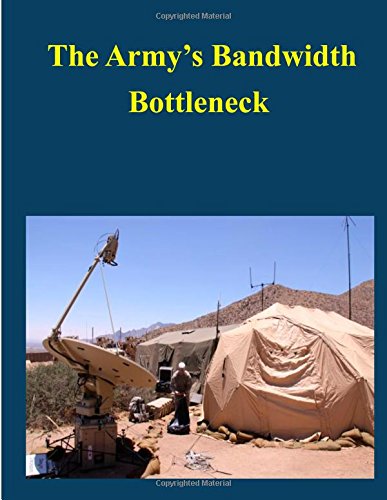The Army's Bandwidth Bottleneck by Congressional Budget Office
English | December 2, 2014 | ISBN: 1505315484 | 58 pages | EPUB/MOBI/AZW3 | 2 MB
English | December 2, 2014 | ISBN: 1505315484 | 58 pages | EPUB/MOBI/AZW3 | 2 MB
Over the past decade, the U.S. Army’s principal modernization initiative has been its digitization effort, designed to harness the power of the microchip to significantly improve the fighting capabilities of soldiers on the battlefield. But implementing that initiative presents significant challenges. Digitization requires the rapid transmission of large amounts of information over significant distances. Experiments conducted to date as well as recent operations in Iraq, where troops employed some of the results of the service’s digitization efforts, have shown that that requirement is difficult to fulfill not only under battlefield conditions but also in more benign circumstances. Since 1999, the focus of the Army’s modernization program has shifted to what it terms transformation—making its forces deployable more quickly while maintaining or improving their lethality and survivability. Although digitization is no longer the Army’s primary modernization initiative, it remains a key element of transformation. In the past several years, questions about the size of the information flow associated with digitization and the communications bandwidth to support it—that is, the capacity to move information at sufficient speeds—have spurred the Army to adopt several large radio and network communications programs. Ultimately to cost tens of billions of dollars, those programs are currently planned to provide initial operational capability by about 2010. This Congressional Budget Office (CBO) study, which was prepared for the Subcommittee on Tactical Air and Land Forces of the House Committee on Armed Services, examines the issue of how much bandwidth will be required to achieve the goal of digitization (the bandwidth demand) versus how much bandwidth will be provided by the Army’s planned communications programs (the bandwidth supply). CBO finds that significant shortfalls currently exist for the Army in the supply of bandwidth. Moreover, under the service’s current plans, demand will continue to exceed supply beyond 2010—after the Army begins fielding its next generation of advanced radios and other communications equipment. The study examines several options that would improve the future match between bandwidth supply and demand. However, in keeping with CBO’s mandate to provide impartial analysis, this report makes no recommendations. Paul Rehmus of CBO’s National Security Division wrote the study under the general supervision of J. Michael Gilmore. Army Cadet Kevin Linzey provided substantial assistance in the analysis of bandwidth for unmanned aerial vehicles. At CBO, Barbara Edwards, David Moore, and David Newman reviewed early drafts and provided helpful comments. Numerous U.S. Army officers also contributed useful comments on and data for drafts of the report as well as the underlying analysis. The author would like to cite in particular the support of Lt. Col. Charles Gabrielson, Col. Edward Cardon, and former Chief of Staff of the Army Erik Shinseki.



